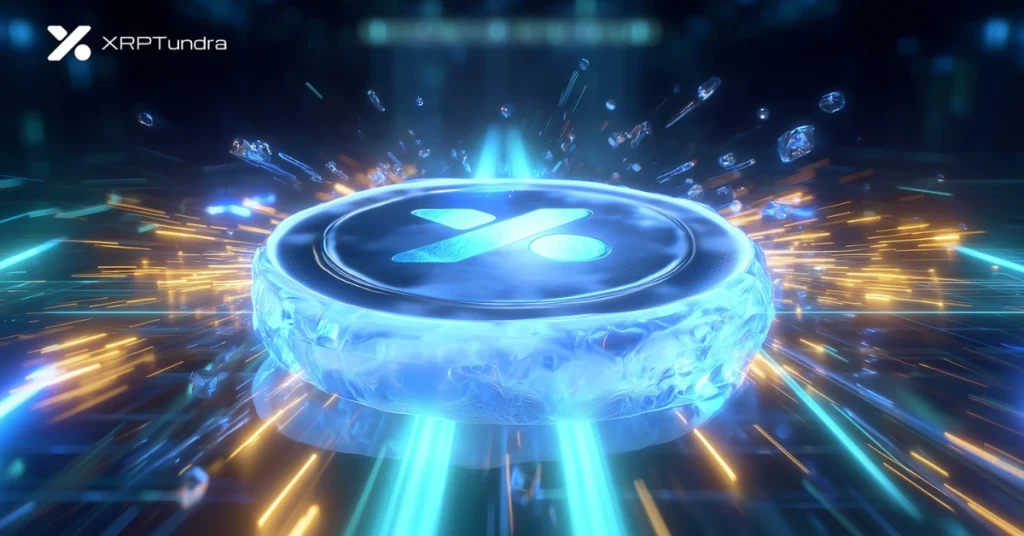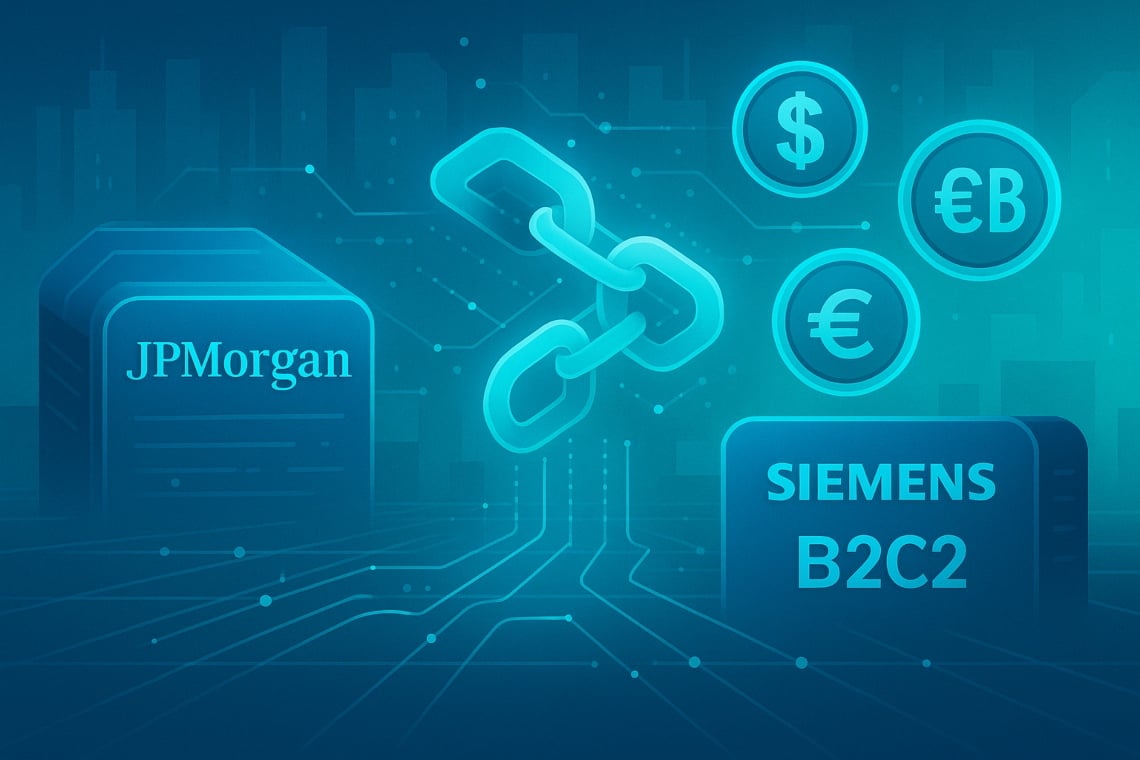The financial industry loves to talk about speed. Real-time payments. Instant settlement. Same-day ACH. But making a horse-drawn carriage go faster doesn’t turn it into a car. The problem with traditional financial settlement is that it was built for a world that no longer exists.
The unfixable problem
Traditional financial infrastructure is a patchwork of batch processing systems, correspondent banking relationships and siloed databases that were state-of-the-art when telex machines roamed the earth. Even today’s “real-time” payment rails are largely smoke and mirrors. They’re just faster messages layered on top of the same 1970’s architecture. They still require reconciliation, suffer from counterparty risk and depend on business hours in specific time zones.
This is a design problem. Consider what actually happens when a fintech promises “instant” international transfers. Behind the scenes, they’re pre-funding accounts, managing float across multiple jurisdictions and hoping their reconciliation catches any discrepancies before month-end. The customer sees speed, but the company shoulders massive operational complexity and working capital requirements.
Old infra puts a tax on everything
Settlement friction negatively impacts every business that moves money. An e-commerce platform waiting T+2 for card settlements ties up working capital that could fund inventory. A logistics company managing international suppliers juggles dozens of banking relationships just to pay invoices. Even sophisticated enterprises with treasury management systems spend millions annually on the plumbing that moves value between entities.
This isn’t sustainable in a world where digital commerce happens 24/7, supply chains span continents and customers expect Amazon-like efficiency from every interaction. Why do we have same-day delivery on a weekend for packages but not financial transfers?
What changes with blockchain
Public blockchain infrastructure offers something that is worlds apart from traditional financial infrastructure: a shared, programmable settlement layer that operates continuously, transparently and without intermediaries. Value can move incredibly fast through a global economy built on blockchain rails.
When BlackRock tokenized its BUIDL money market fund, it showed a recognition that 24/7 trading, near-instant settlement and programmable compliance create genuine operational advantages. When companies issue tokenized shares, they create a more efficient, transparent and accessible capital market infrastructure. These new financial primitives create entirely new markets.
Beyond banking
Let’s be clear that it’s not just financial services that are being revamped through better payment rails. The real unlock provided by smart contracts is that they can automate complex multi-party workflows that today require armies of back-office staff. A manufacturer can pay suppliers automatically when IoT sensors confirm delivery and quality checks. Real estate transactions can settle atomically, with payment, title transfer and regulatory filings happening simultaneously. Insurance claims can trigger instant payouts when parametric conditions are met.
The point, again, is that blockchain doesn’t just digitize traditional finance or provide increased speed. Different rails mean entirely new business models are possible.
The real competition has already moved on
Every major bank is already tokenizing assets on Ethereum. Circle moves billions in USDC daily. PayPal’s stablecoin runs on public blockchains. Why are any enterprises still debating whether this is “real?”
They’re missing the plot. While traditional companies optimize their SWIFT messages and patch their core banking systems, an entire parallel financial system has emerged. The gig economy worker in Manila doesn’t know or care that her USDC payment bypassed the correspondent banking network; she cares about whether the money arrived instantly, so that she can use it immediately to pay rent, buy groceries or send some home to her family, all without fees eating away at her paycheck.
The thing about infrastructure revolutions is that they don’t announce themselves. In five years, “we still use ACH” will be the new “we still host our own servers in-house.” It’s technically possible, unnecessarily expensive, and a clear signal you’ve fallen behind.
The payment rails upgrade has happened. It just hasn’t been evenly distributed yet.
Source: https://www.coindesk.com/coindesk-indices/2025/10/01/the-future-of-financial-settlement-isn-t-faster-it-s-fundamentally-different



